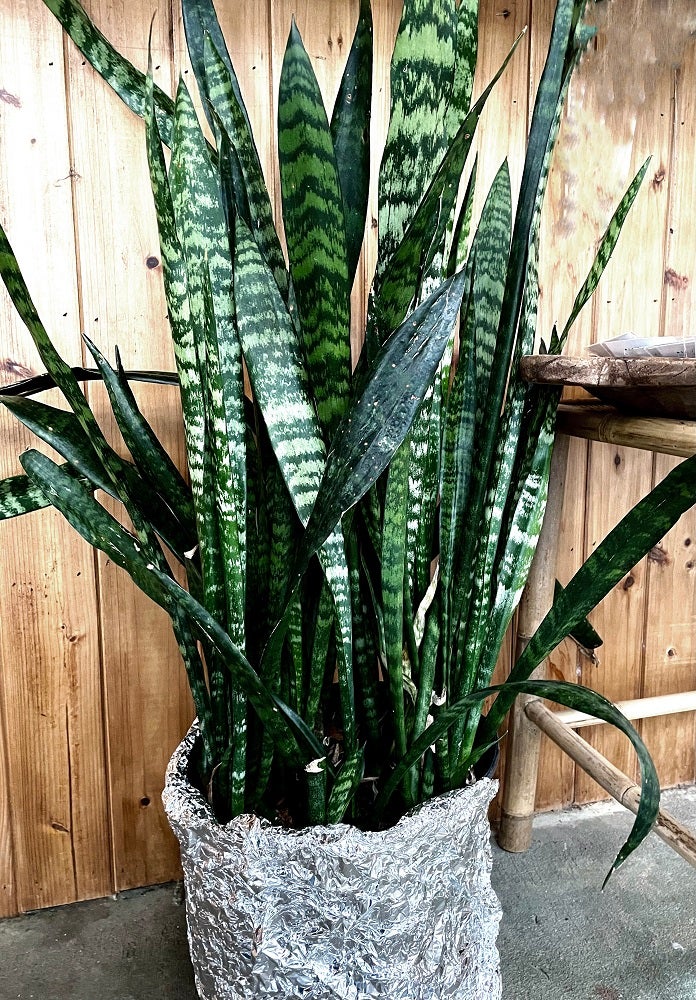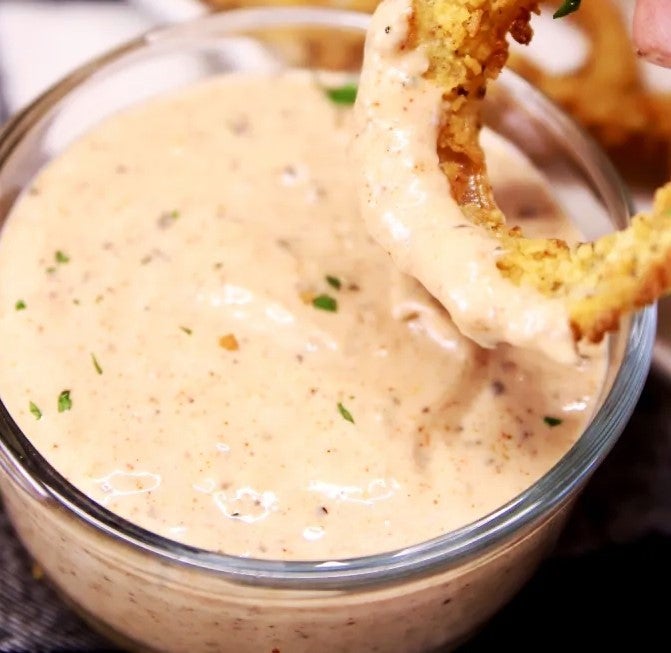Creating a garden disease control plan
Published 7:00 am Wednesday, January 11, 2017
A favorite activity of gardeners at this point in the season is thumbing through the garden supply catalogs to plan for the upcoming season.
Planning for the upcoming season is a lot of fun, but your “to do” list won’t be complete unless some thought is given to developing a game plan for some of the diseases which may have caused problems in the 2016 crop.
Although improved vegetable varieties are available, that “magic” variety hasn’t been developed which is resistant to all garden pests. For example, the “Better Boy” and “Celebrity” tomato varieties are resistant to Verticillium and Fusarium wilts, and root-knot nematodes. However, they are still susceptible to southern blight, early blight leaf spots, and other disease problems, not to mention insect pests.
Site Selection is important to reduce chances of damping-off, root rot, and other problems associated with wet soils. Choose a well-drained garden site. If such a site is not available, plant on raised beds to promote drainage and faster warming of soil. Divert surface water from flowing across the garden. This will help prevent disease-causing organisms from coming into the garden from outside areas.
Since many disease organisms live through the winter in old plants, Sanitize by plowing under debris at least six inches deep before planting in such areas or remove the old plants and leaves. Sanitation is also effective for tobacco mosaic virus of tomato.
This virus, a common problem each season, can be transmitted through tobacco products. Wash your hands with soap and water before working in the garden if you use tobacco. Or, better still, if you can find varieties which are resistant to this virus pest, give them a try.
Most seeds are treated with a fungicide, as indicated by their red, blue, or purple color. If they have not been treated with a fungicide, treat them yourself. Treat large seed, such as lima, green bean, or corn, in a jar. To treat small seed, tear off one corner of the seed packet. Lift out as much of the seed treatment fungicide as is held on the tip of the blade of a penknife, and insert the dust through the hole in the seed packet. Fold down the corner of the packet and shake thoroughly. Plant immediately; do not eat treated seed or feed it to livestock.
An easy and economical way to reduce soil borne diseases and nematode problems is to rotate vegetables. Corn and members of the cabbage family can be alternated with other vegetables from one year to the next. If space permits, move the garden to a new location every 3 to 4 years, preferably to a site that was in grass.
Make every effort to purchase varieties which resist disease pests. When you make your transplant selections, choose healthy, vigorous plants, and purchase them from a reputable dealer or grow your own. When planting your plants you have selected, place them in your growing areas carefully. More is often less when plants are crowded together, since too close spacing allows moisture from rain or dew to remain on plant surfaces. Such a situation promotes disease development and should be avoided.
There is a lot more that goes into growing healthier disease-free garden plants, but the tips mentioned should help you get your garden off to a better start. And remember, personnel from your county Extension office are always available to provide assistance, so drop in for a visit or call if you have questions about planning for the 2017 gardening season.
Happy gardening!
By Dr. Eddie Smith




